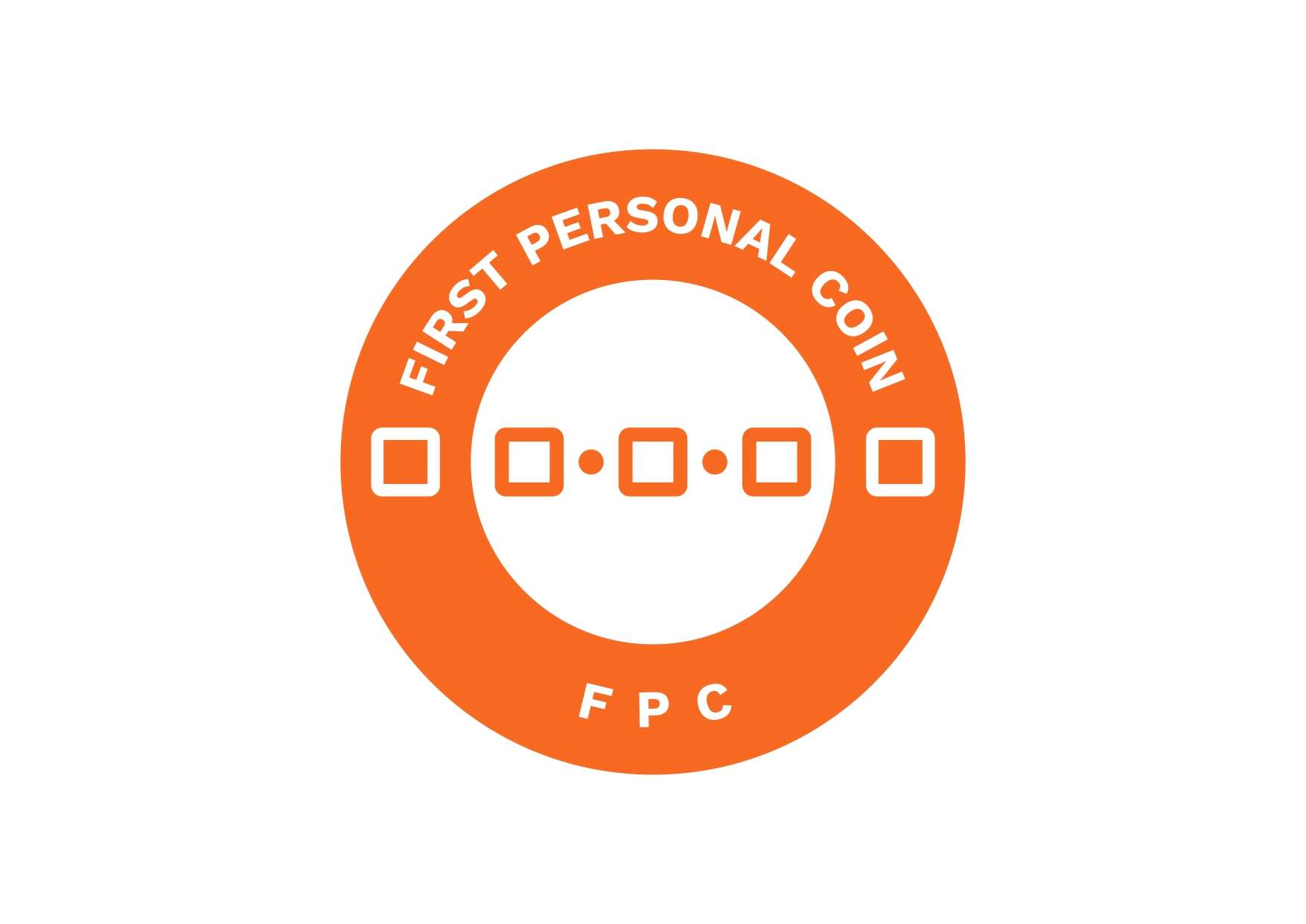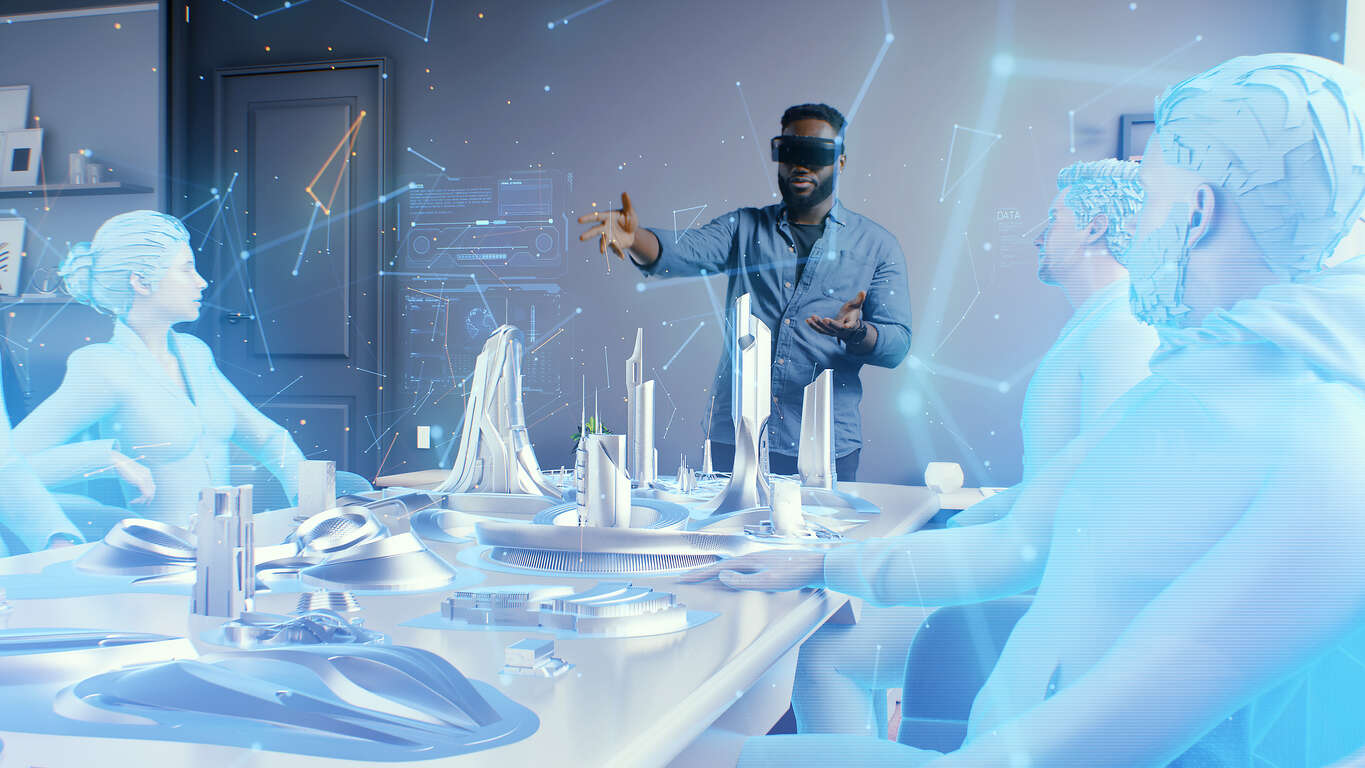Direct To Avatar Economy
Benvenuti nel mondo del "direct to avatar", un modello di business in rapida crescita che si impegna a vendere prodotti ed esperienze direttamente ad avatar (D2A) o identità digitali, senza fare affidamento sulla catena di approvvigionamento che normalmente avviene in una spedizione fisica di un prodotto.
Il mondo è già entrato nell' "economia dell'esperienza" ed i suoi utilizzatori la stanno portando al livello di una nuova economia parallela.

Il Direct To Avatar (D2A) È Il Futuro Del Direct-To-Consumer (D2C)?
metaverse-by-2026">Gartner prevede che entro il 2026 il 25% delle persone trascorrerà almeno un'ora al giorno nel Metaverso!
Fino ad oggi, quasi 3 miliardi di individui (in particolare appartenenti alla generazione Z e ai Millennial) dedicano una significativa quantità di tempo e risorse finanziarie al gioco.
La generazione Z si serve del metaverso come un mezzo per sfuggire alla dura realtà della vita, immergendosi in mondi virtuali. Per coinvolgere la generazione Z, i brand devono offrire la possibilità di creare avatar personalizzati. Pertanto, stabilire interazioni dirette con le loro rappresentazioni virtuali risulta essere il modo più efficace per coinvolgerli all'interno di un universo di brand e rafforzare il legame con essi.
Quasi tutti questi giochi hanno le proprie valute come Robux in Roblox, Fortnite Coins di Fortnite . . . e incoraggiano giocatori a giocare, vincere, impegnarsi e acquistare queste monete per sbloccare nuove esperienze incentrate sugli avatar.

Pertanto, sono finiti quei giorni in cui alcuni ragazzi risparmiavano ogni dollaro facendo varie faccende o facendo un lavoro estivo per comprare quelle ambite scarpe da ginnastica o una maglia. Al giorno d'oggi, i bambini chiedono ai loro genitori di procurarsi Robux invece di denaro fisico, in modo che possano acquistare la skin del loro giocatore preferito in Roblox.
Ricavi e utenti in crescita
I giochi gratuiti hanno generato $ 20,6 miliardi nel 2019. Uno dei più grandi, League of Legends ha guadagnato $ 1,5 miliardi di entrate da queste skin nel 2019. L'altro grande nome, Fortnite, ha generato $ 1 miliardo, dei suoi $ 1,8 miliardi totali, dalle skin di gioco nel "mercato avatar".
I giocatori vogliono avatar, skin e contenuti collezionabili.
Gli avatar sono un riflesso diretto dell'identità di un giocatore, soprattutto se vengono creati come gemelli digitali; più gli utenti si sentono coinvolti nel loro avatar digitale, più vorrebbero spendere per vestire meglio l'avatar.
È solo merce virtuale? Sì, ma l'acquisto digitale permette all'utente di vivere in modo vicario negli abiti del suo stilista preferito, ed è questa esperienza che costituisce il fondamento dell'Economia Avatar . .
In che modo i marchi possono avere successo nell'economia del Direct-To-Avatar?
I marchi stanno già salendo sul treno diretto all'avatar.
Effettueremo una valutazione approfondita di ciascuno degli elementi costitutivi:
• Esperienze gamificate: è molto importante gamificare l'offerta di prodotti, portare creatività e aggiungere elementi divertenti al prodotto o al negozio virtuale per favorire il coinvolgimento.
• Personalizzazione dell'avatar: fornire la flessibilità necessaria per creare e personalizzare gli avatar e renderlo abbastanza interattivo dando la possibilità di investire in esso, migliora "l'affinità dell'utente" con l'avatar. Questo, a sua volta, innesca investimenti durante il gioco per vestire l'avatar, acquistare merce.. che genera nuovi affari.
La dimensione globale del mercato del metaverso è di metaverse-market-size/#:~:text=In%202022%2C%20it%20was%20estimated,billion%20U.S.%20dollars%20by%202030.">$ 65,5 miliardi nel 2022 ed è destinata a crescere fino a $ 678,80 miliardi entro il 2030.
• Token commerciali nativi per facilitare le transazioni "in experience": Il mercato Altcoin è esploso come mai prima d'ora e avere una valuta di marca nativa del metaverso del marchio migliora l'affinità dei fedelissimi del marchio.
• Partnership e associazioni sono molto importanti per avere successo nell'economia "direct to avatar". Questo perché molti degli innovatori nel settore dei giochi come Epic Games, Roblox, ecc. hanno già una presenza radicata nel meta-universo che può essere sfruttata dai marchi che cercano di entrare nell'ecosistema.
• Sfrutta token non fungibili (NFT):Gli NFT sono token utilizzati per rappresentare la proprietà di oggetti unici. Diverse celebrità come Reese Witherspoon, Eva Longoria, Serena Williams, Eminem, Snoop Dogg e altri hanno utilizzato le immagini del profilo NFT su Twitter garantendo immediato coinvolgimento della community crypto e influenzando le scelte di ingresso in determinati progetti.
metaverse" data-entity-type="file" data-entity-uuid="51c2fe95-563b-4153-b294-7480524c9375" height="279" src="/sites/default/files/inline-images/Gucci-Town-on-Roblex-11.jpg" width="496" loading="lazy" />
Lo sapevi che gli NFT consentono ai creatori di tokenizzare cose come arte, oggetti da collezione e persino immobili?
Con ogni NFT venduto di questo tipo, i creatori possono guadagnare senza dipendere da alcun intermediario.
Il pieno potenziale del modello di business Direct-to-Avatar deve ancora essere realizzato ma le industrie della moda e del lusso, tuttavia, hanno sicuramente già tratto pieno vantaggio da questo movimento.
Al di là dei giochi e della moda, il mercato Direct-to-Avatar può estendersi stesso modo, il settore dell'istruzione vedrà notevoli miglioramenti grazie a questi motori di gioco.
Come il direct to avatar potrebbe influenzare il settore dell'istruzione?
Sfruttando la realtà virtuale, gli studenti possono teletrasportarsi nel campus digitale dove possono quindi esplorare molte categorie di corsi da apprendere.
metaverse%20and%20school.jpg" width="518" loading="lazy" />
Prospettive
Roblox è il più grande gioco nel metaverso con più di 50 milioni di utenti attivi ogni giorno e quasi 10 milioni di sviluppatori sulla piattaforma.
Il 67% degli utenti di Roblox ha meno di 16 anni. Per i marchi di moda, Roblox è una porta perfetta per la nft-e-metaverso-la-generazione-z-e-la-piu-interessata/">Gen Z , una generazione il cui reddito disponibile ha raggiunto circa $ 360 miliardi , secondo Gen Z Planet.
Sono una generazione nativa digitale e si identificano più con il mondo virtuale che con il mondo fisico.
Nel metaverso, gli utenti possono trasformarsi nel tipo di persona che vogliono essere. È una via di fuga, un luogo di intrighi e un'opportunità per i marchi di espandere la propria portata e visibilità.
La prossima evoluzione dei canali di vendita (D2A) aggirerà completamente gli esseri umani, vendendo direttamente ai nostri avatar creando un nuovo importante canale (la vendita al dettaglio digitale) per tutti i tipi di prodotti e servizi.

